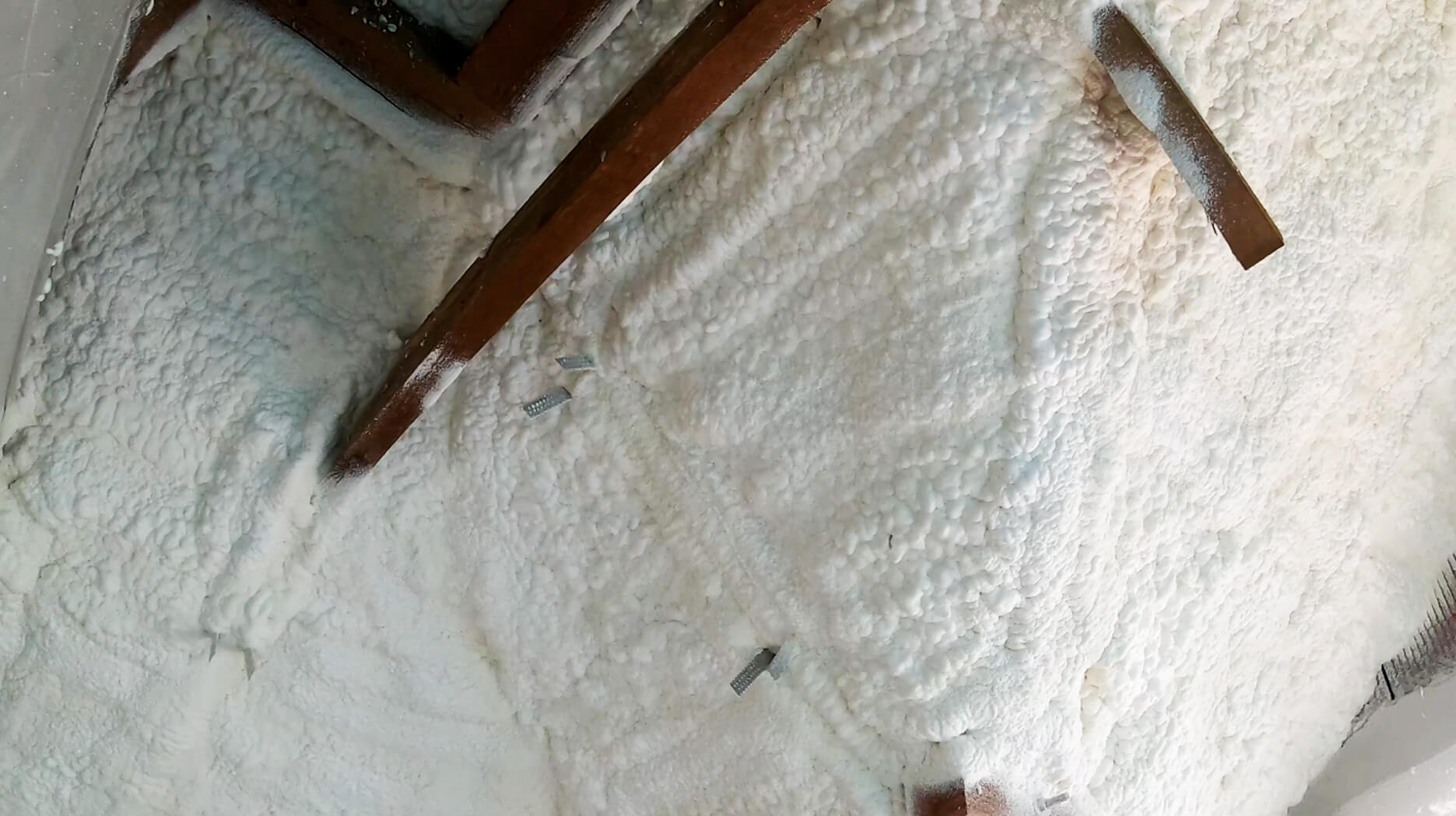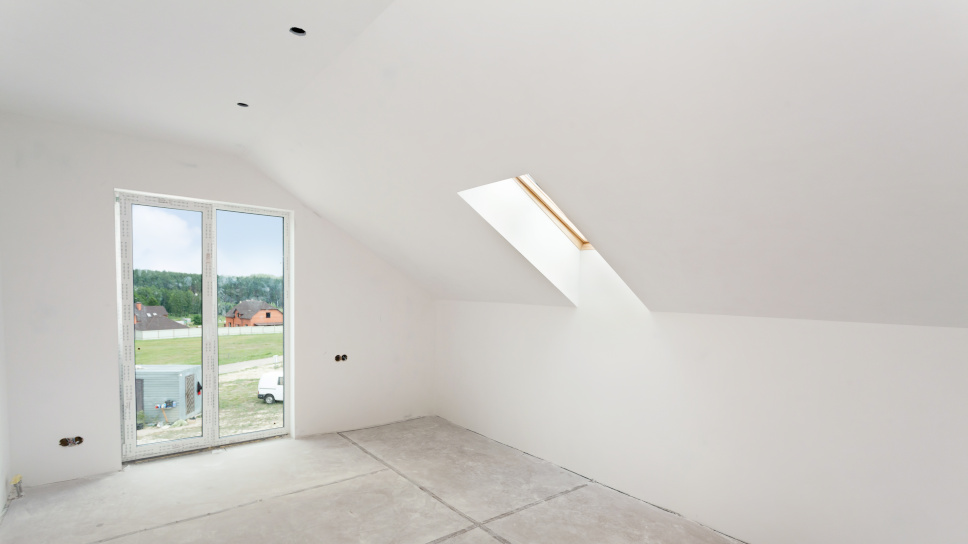Damp floor insulation using PUR foam
Polyurethane foam can be applied in many ways. It is perfect for insulating foundations, walls, loft insulation, and as an under-floor layer. Floor insulation with low-cellular foam, e.g. Purios H, allows to reduce energy losses and significantly increases comfort of house occupants. It is a great alternative for mineral wool or foamed polystyrene.
Polyurethane foam for floors is extremely simple and quick to apply. However, you should remember to hire qualified professionals for its installation. A skilled worker will precisely spread the product over the surface using a spraying method, creating a uniform, damp resistant layer without any thermal bridges. Foam insulation will provide you with a long-lasting insulating effect without the risk of damage.
Floor polyurethane foam is a perfect solution to provide additional protection against the cold. Opt for it if you plan to install panels with underfloor heating. The foam is suitable for all types of rooms - kitchens, bathrooms or ceilings, i.e. areas particularly exposed to moisture.
What do you need to know before insulating a floor with polyurethane foam?
Insulating a floor with polyurethane foam is easy, quick and effective. Due to its waterproofing properties it is highly effective in protecting the surface against damp. Therefore, you do not need to use additional waterproofing which is quite necessary in case of other insulation methods. However, a few rules have to be remembered - thermal insulation of the floor has to be made on a dry surface. It should be cleaned and dusted off before installation. In the case of oiled floor insulation, it should also be thoroughly degreased.
What is the preferred thickness of polyurethane foam floor insulation?

Underfloor polyurethane foam is the perfect choice when you want to minimise space requirements - a fairly thin layer is enough to effectively insulate a room. The same heat coefficient value can be obtained with an almost twice thinner layer of foam than with other insulation materials. A small thickness of polyurethane foam will allow you to lower the height of the floor, which will affect, among others, the choice of door level.
Thermal floor insulation - advantages of foam floor insulation
Spray insulation with PUR foam is one of the most effective methods of insulating a house. Already a small amount of the material is sufficient to obtain optimal effects. The foam has high thermal parameters and excellent hydro-insulating properties. It also prevents formation of thermal bridges. It is resistant to mechanical damage, yet light and durable.
By insulating the floor with PUR foam you will obtain top quality insulation for many years, without the risk of mechanical damage. The product is highly resistant to pests and fungi. It is perfect for allergy sufferers - it does not emit dust or unpleasant smells. It is the best choice for every home.

 This website uses cookies. By using this website, you consent to the use of cookies in accordance with your browser settings.
This website uses cookies. By using this website, you consent to the use of cookies in accordance with your browser settings.